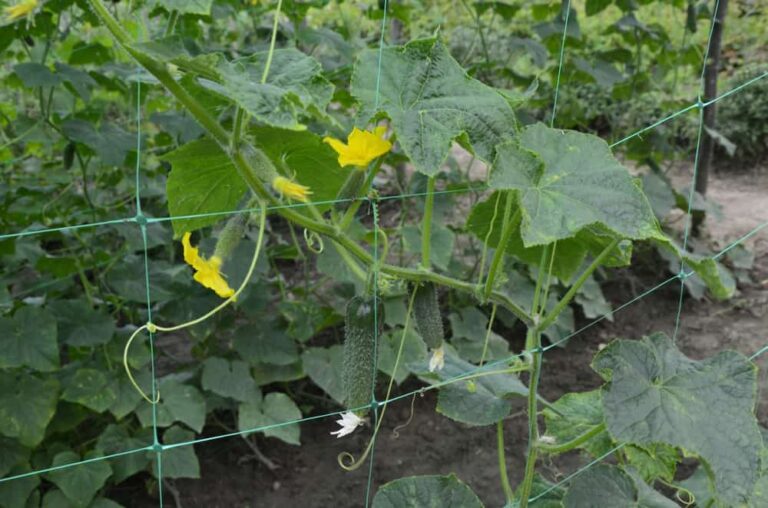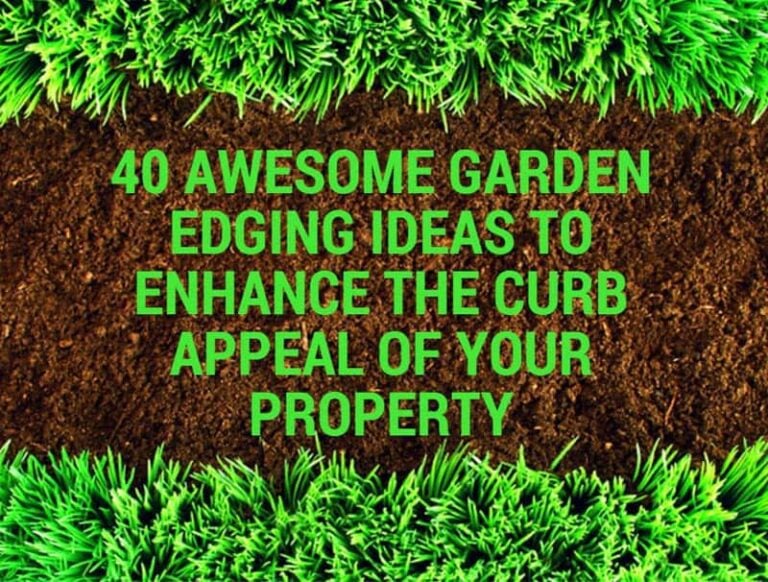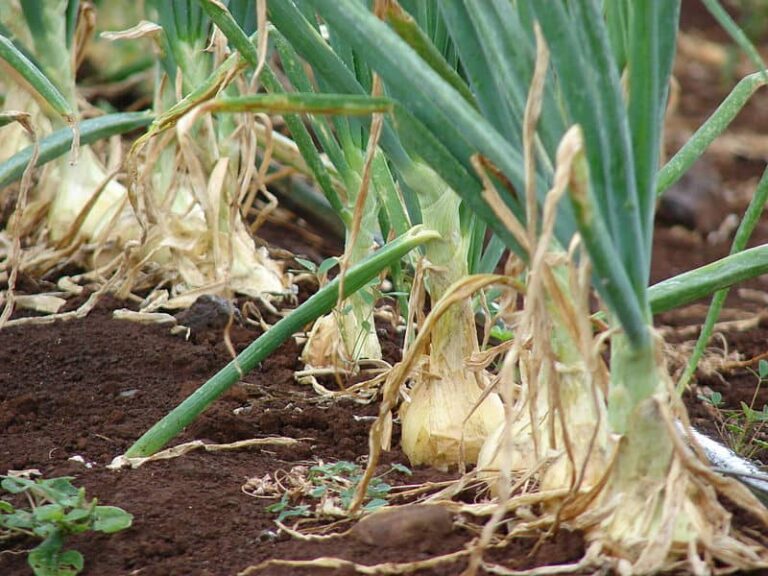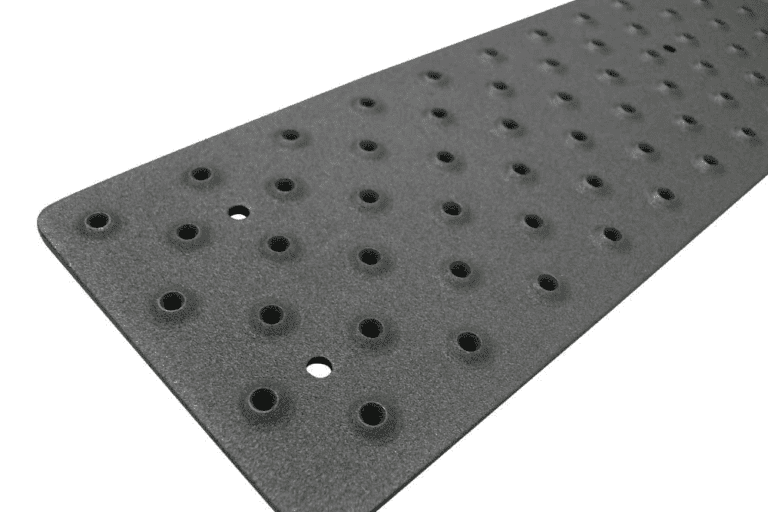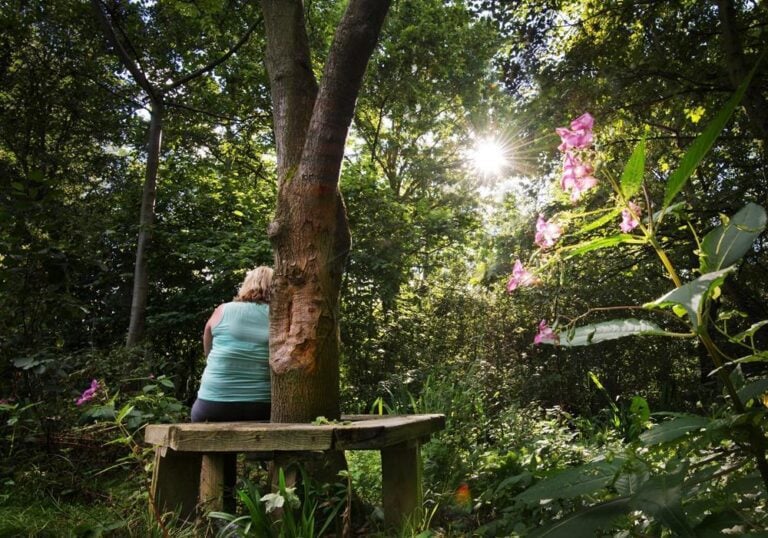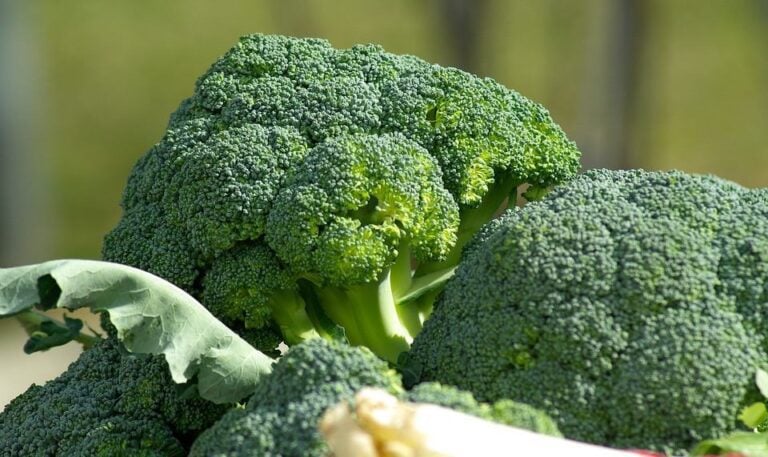17 Original Gardening Hacks To Use In Your Garden
All the gardening enthusiasts know how many psychological benefits this activity can procure. From relaxing the mind to improving humor and even helping getting rid of dependencies, gardening is one of the most beneficial activity.
It is so beneficial that with the time, many enthusiasts even created alternative gardening methods that don’t require a garden at all. In fact, you can grow your own plants in a real garden, in raised beds on a terrace or even indoors, depending on your personal circumstances.
But even if gardening is so popular, it doesn’t actually mean that it is simple. Gardening is a true science, nevertheless, there are some astonishing hacks that can make gardening easier. So let’s see some bizarre yet useful tricks you can use to improve your gardening technique.
From using an unusual natural fertilizer for the roses to seeding and transplanting plants with more ease and beyond, here are some innovative tips.
1. Ensure An Optimal Drainage With Polystyrene
Ensuring an optimal drainage is one of the basics of gardening, yet it is sometimes quite hard to find the right soil when starting or growing your plants in pots.
Nevertheless, the water stagnation can damage the roots of your plants, weakening it and exposing it to diseases and pests.
To ensure a proper drainage you can simply use pieces of polystyrene, a material easy to find as it is used to protect numerous items during transport, including electronics and more. If you don’t have any polystyrene at home and the supermarket warehouses don’t have any to give you, the DYI shops might sell it.
2. Protective Nest For The Perennials

If you decide to sow your perennials directly in the garden, you should know that they might need some form of protection until the seedlings are strong enough to grow on their own.
To protect the delicate small plants it is sufficient to create a protective nest using a few wooden twigs and arranging them as a cupola over the seedlings. To secure the nests to the ground and make sure that they will not fly away with the wine, insert the edged or the twigs into the soil and secure them with a few pebbles.
The protective nests will keep your perennials safe during heavy rainfalls and they will also forbid animals such as the cats from walking on the seedlings ruining them, apart from providing support to the plant during growth.
3. Use A Muffin Pan As A Spacer
After the last heavy frost or during summer, it might be a better idea to start your plants directly outdoors. The outside environment will provide all the necessary elements for the little seedlings to thrive and you will be able to grow your plants faster and more hassle free.
However, sowing the seeds at the right distance is essential if you want to grow as many seedlings as possible and increase your annual yield.
A simple way to space the seeds between them is with the use of a muffin tray. Damp the soil so that you can use the muffin pan to create holes in the ground. All the holes will be located at even distances and all you’ll have to do is sow the seeds and cover them with loose soil or compost.
Alternatively, you can transform a wooden board into a spacer but it will be harder to determine the right distances.
4. Use Epsom Salt
Epsom salt is a natural fertilizer that can be used for a number of different purposes while gardening. Although it is a natural fertilizer rich in magnesium, many commercial fertilizers don’t include Epsom salt in their formulas.
Nevertheless, you can use Epsom salt to strengthen both vegetables and decorative plants and not only. This fertilizer will improve the taste of your peppers and tomatoes, will help you fight against pests, will improve the looks of your decorative plants such as roses and ferns and it also has a beneficial action on the ground.
Apart from all the mentioned properties, Epsom salt is also a weed killer and it improves the nutritional characteristics of the soil.
5. Put A Diaper In Your Flower Pots
Yes, you read it well, a clean baby diaper will retain moisture while avoiding the dampening of the soil, and it will transfer this moisture back into the soil in the rhythm the plants demand it.
You can use this trick for all potted plants, including outdoor flowerbeds and planters. Not only this trick will keep the terrain moist for a longer time, but it will actually save you water as you will not need to water your plants as often as you would without using this hack.
To benefit from this trick, put the diaper on the bottom of the pot and cover it with soil, then sow your seeds. In the alternative, you can use clay balls that also help retain moisture while avoiding stagnation of the water. Clay balls are available in many gardening shops.
6. Use Old Cutlery Instead Of Labels
Don’t throw away your old cutlery, use it to create innovative labels for your vegetable garden. This hack will help all the DYI lovers use their creative spirit and personalize the aspect of their gardens.
With a hammer, straighten any old cutlery you might have, such as old and ugly spoons or forks. Use your imagination and oil paint to color and decorate the cutlery the way you like, then use a black marker or black paint to write the name of the herbs and veggies you grow.
Stick the handles of the cutlery in the ground or use these original labels to decorate your indoor vegetable garden.
Alternatively, you can use old plastic cutlery to create original labels and reduce waste.
7. Use Soap Bar To Keep Your Nails Clean
You don’t like using gardening gloves and struggle with cleaning the dirt residues from under your nails? Well, there is a simple hack that can help you keep your nails clean and stay away from the nasty gloves forever.
Before heading to your garden to “check on your plants”, scratch a soap bar with your nails. The soap layer will seal the space under your nails and it will prevent soil and dirt to build up. After you finished your chores, simply wash your hands with plenty of water to remove all the soap residues.
8. Keep The Soil Inside The Pots With Coffee Filters
As enthusiast gardeners, we all know that flower and vegetable pots must have drain holes on their bottom to prevent water stagnation. However, apart from the water, these holes are sometimes large enough to let pass a part of the soil as well.
The quantities of soil that get out of the pot from the drain holes are little, yet enough to cover your beautiful pot and saucer in the dirt.
To avoid this, place coffee filters on the bottom of the pots before adding the soil. Coffee filters will not only retain the soil inside the pot but it will also enrich it with nutritive substances.
9. Seed Germination Test
Almost all gardeners preserve vegetable and flower seeds from one year to another and it is always a good idea to check the germination capacity of the seeds before sowing them.
To make sure you will not invest time and energy in growing seeds that will never germinate, you can perform a simple test.
Take some of the seeds you want to sow and place them on a dampened cloth or cotton inside a transparent plastic bag or on a small transparent tray. Cover the seeds with another damp cloth and wait to see how many of them germinate. If more than half of the test seeds start growing, the fertility of the lot is good and you can proceed with starting your plants.
10. Irrigate Your Plants Using An Empty Wine Bottle
If you want more peace of mind when it comes to keeping the soil of your plants moist, this gardening hack will certainly be handy.
After you emptied a bottle of wine, wash it well and sterilize it with hot water. Let it dry completely then fill it with rain water or with the water you usually use to irrigate your plants.
Place the wine bottle into the ground, turned upside down to allow the water to flow. The soil will take the water it needs from the bottle and you will be able to forget about watering your potted plants every now and then.
11. Lubricate Your Weed Eater With Vegetable Oil
Weed eaters are essential tools that will help you maintain the cured aspect of your garden and remove the nasty weeds that will compete for sunlight and nutrients with your plants.
However, if you have ever used a weed eater before, you know how annoying it can be having the string jammed into the head of the tool.
To avoid the hassle of trimming your grass with an unsuitable weed eater, spray some vegetable oil on the trimmer’s head before passing the cord through it. This will ensure a smooth flow and you will be able to use the tool without hassle.
The same trick can be used to lubricate the gasoline lawn mowers and keep them running smooth for longer.
12. Use Matches To Fertilize Peppers
It is not a mystery, pepper plants love sulfur and need it to grow strong and healthy. In fact, pepper plants require so much sulfur that many fertilizers are able to provide enough nutrients to the greedy plants.
A useful hack if you want to grow stronger plants and increase your pepper yield is to use matches as fertilizer. Matches use sulfur to light up while the wooden stick is biodegradable, therefore all you’ll have to do is bury a box of matches in the soil next to each pepper plant.
Be careful to remove the paper box though, and to not exaggerate with how many matches you bury.
13. Rinse The Vegetables In The Garden
Another useful gardening hack that will help you save water is to rinse the veggies in the garden as soon as you pick them. This trick is mostly useful for the leafy vegetables that need plenty of water for rinsings, such as the lettuce, spinach or salad greens.
Use a scoop to hold your freshly picked veggies and rinse them thoroughly with your garden hose right above the soil where other veggies grow.
This trick will save you both time and money, as you will have leafy veggies ready for dinner and you will also save water on the go.
14. Use Plastic Forks To Keep Pests Away
If your garden is close to a forest or wood, you probably know by now that some cute animals are true pests when it comes to growing tasty veggies.
Bambi is certainly not a friend of your tomatoes and that cute bunny that makes you smile will certainly love a bite of your salad greens.
But there is a simple gardening hack that you can use to keep all those pests away without hassle, and certainly without using chemical repellents or dangerous traps. In fact, you can simply use old plastic forks to keep pests away. Stick them into the ground next to each plant. Animals will see them in the dark and most of the times the unusual shape will frighten them, therefore you will not have to worry about the well-being of your crops.
15. Design A Custom Meter On The Handle Of Your Tools
When planting seedlings, you know how important it is to respect a certain distance between two plants. However, using a real meter is sometimes inconvenient and most of the times you end up estimating the distances.
To avoid all this, you can design a custom meter on the handle of your gardening tools. Take a traditional meter and place it on the handle of your tools, such as shovel or rake. Mark the distances or engrave them with a sharp knife.
In this way, when you’ll need to keep a certain distance between the plants you will only have to lay your tool down and measure the distances with your custom made a meter.
16. Use Potatoes As Fertilizer For Roses

Roses are beautiful decorative plants that are popular and loved all over the world. They are not extremely pretentious and almost anyone can grow beautiful roses without expert gardening knowledge.
However, when you want to duplicate a roses bush and make the new plant grow strong and healthy, there is an original gardening hack you can use, namely use a potato as fertilizer.
The method is simple: cut a branch of the roses bush and stick the cutting into a potato, whole or cut in half. Plant the cutting in the ground and wait for it to develop roots and grow.
The potato will give enough nutrients and humidity to the new plant to help it grow strong and flourishing.
Alternatively, you can use banana peels as fertilizer for the roses and they have more or less the same effects as the potatoes.
17. Use Egg Shells As Fertilizer Or Seedling Pots
Egg shells are rich in calcium and they are able to transfer the mineral to the soil and help plants grow stronger and faster.
If you know that one of your plants has a high calcium demand or if your soil is just poor in minerals, instead of throwing away the egg shells wash them, dry them, and bury them throughout the perimeter of your garden.
If the nutritive properties of your soil are optimal, you will still be able to use egg shells to start your plants into them.
To do this, try to carefully break the shells in half when consuming the eggs, then wash them thoroughly. Fill half of the shell with soil, put your seeds in and cover with another thin layer of soil. The calcium in the shells will be transferred to the soil helping the seeds germinate and the seedlings grow.
When it is time to transplant the seedlings into the garden, there is no need to remove the egg shell, just bury it into the ground and let it feed the young plant further.

